The writing was on the wall, and now Ofcom has made it official: for the first time in UK television history, people are spending more time watching broadcasters’ on-demand streaming services than they are watching recorded programmes.
It’s a milestone that marks the end of an era – and potentially the beginning of the end for traditional television as we know it.
According to Ofcom’s Media Nations 2025 report, published today, UK viewers now spend an average of 25 minutes per day watching broadcaster video-on-demand (BVoD) services, such as BBC iPlayer and ITVX, compared to just 23 minutes watching recorded playback of live channels on services like Freeview and Freesat.
That might sound like a narrow margin, but it represents a major shift in how we consume television.
For decades, the ability to record programmes and watch them later was the holy grail of TV technology – from VHS tapes through to sophisticated Freeview recorders.
Now, streaming has finally won the battle for our attention.
The Death Spiral Accelerates
Just last week, I published an article on how TV recording is dying—and now Ofcom has produced the numbers to back this up.

The headline figure says it all: for the first time ever, people are spending more time watching broadcaster on-demand services (25 minutes per day) than watching recorded programmes (23 minutes per day).
That two-minute difference might seem small, but it represents a historic tipping point.
What makes this shift even more dramatic is the underlying trend. While people increased their on-demand viewing by 5 minutes per day in 2024, they slashed their live and recorded TV viewing by a massive 9 minutes.
The traditional model of broadcast television – where you either watch live or record for later – lost nearly half an hour of daily viewing time that streaming services gobbled up.
This isn’t just a temporary blip. Ofcom describes this as a “long-term decline” in broadcast TV viewing, with people spending 4% less time watching traditional television than the previous year.
Average broadcast viewing has dropped to just 2 hours 24 minutes per day – and that includes both live viewing AND recorded playback.
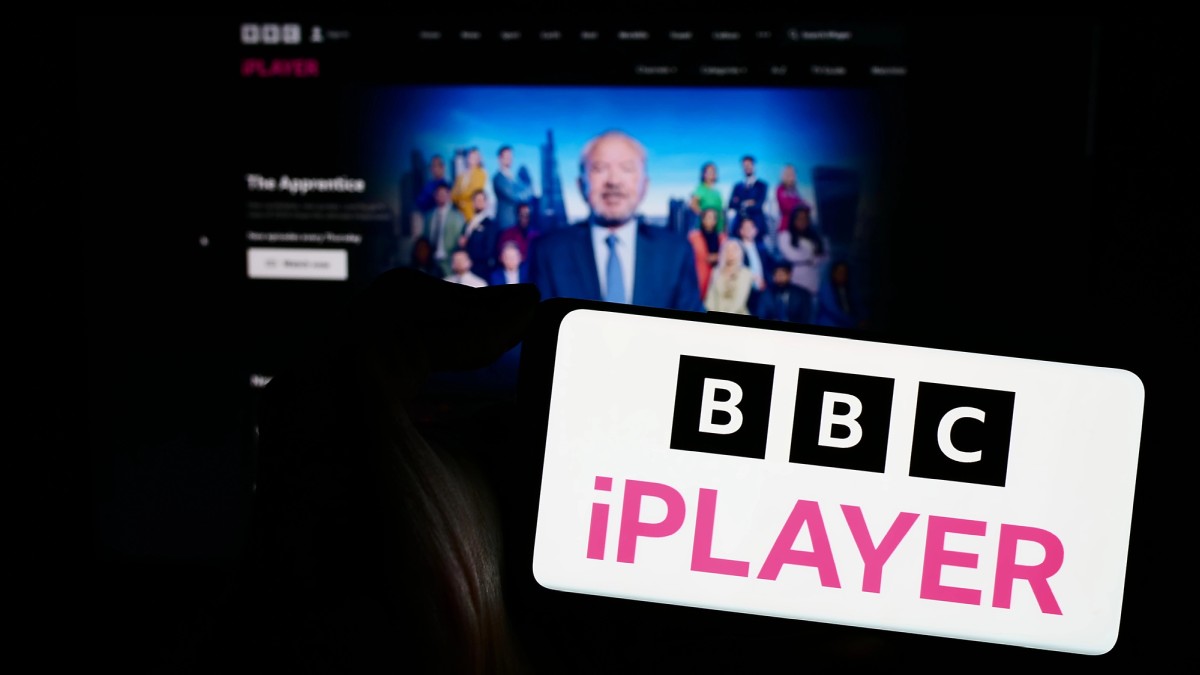
The brutal reality is that even when you combine live TV with all those recordings people are making on their Manhattan boxes and Sky Q recorders, it’s still losing ground to the convenience of iPlayer and ITVX.
People are abandoning the entire concept of scheduled television – whether live or recorded – in favour of truly on-demand viewing.
The report reveals that total video consumption remained stable at 4 hours 30 minutes per day, which tells us something important: people aren’t watching less television overall, they’re just watching it differently.
Those lost minutes from broadcast TV aren’t disappearing into thin air – they’re being absorbed by Netflix, YouTube, Disney+, and other streaming platforms.
What makes this particularly significant is that broadcaster video-on-demand services are essentially picking up the scraps from traditional TV’s decline.
Yes, BVoD viewing increased, but not nearly enough to compensate for the exodus from live and recorded television. Broadcasters are fighting a losing battle against platforms they don’t control.
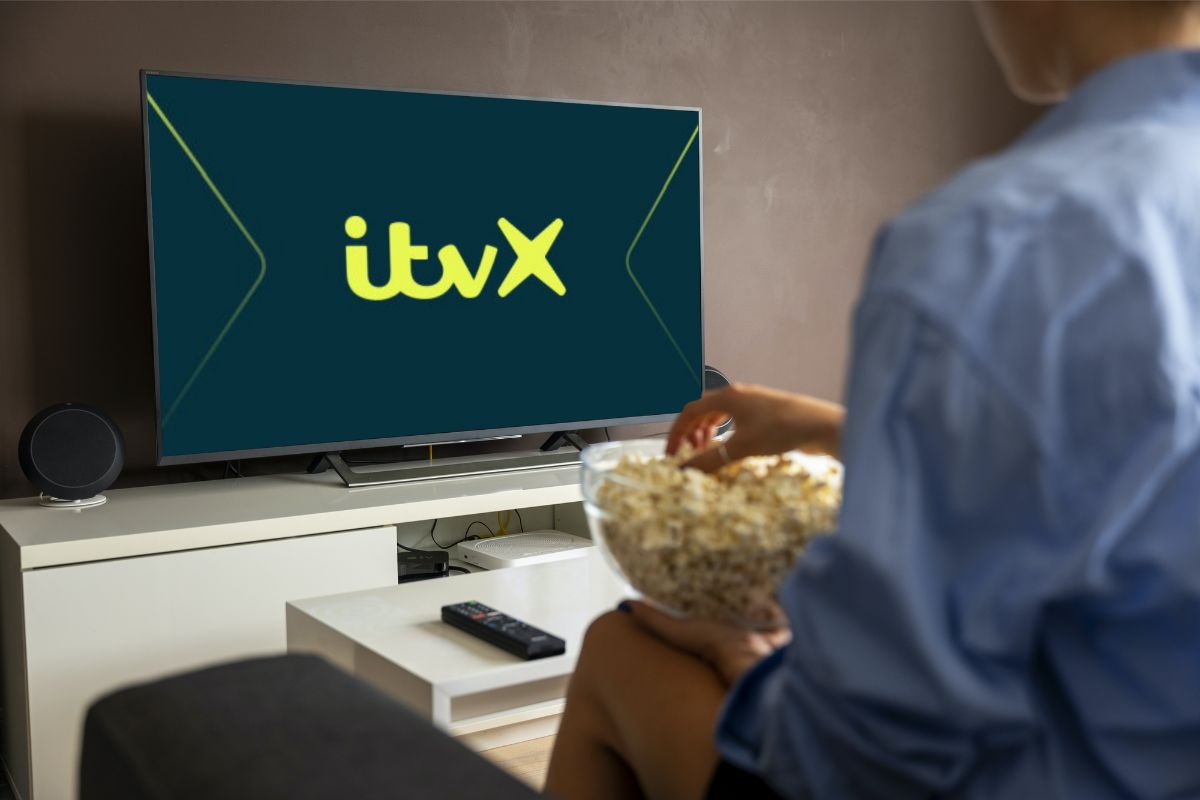
However, the report also notes that despite this decline, broadcaster content still makes up the majority of in-home video viewing at 56% in 2024 – but that’s down from 57% in 2023.
It might seem like a small drop, but when you’re talking about billions of viewing hours across the UK population, every percentage point represents a massive shift in audience attention.
How We Talk About TV Has Changed
Perhaps most tellingly, Ofcom notes that “the ‘language of TV’ has changed.”
The emphasis on ‘record’ and ‘series link’ is being replaced with ‘on demand,’ ‘catch up,’ and ‘stream’. Device and platform interfaces now push on-demand apps and streaming much more prominently than recording options.
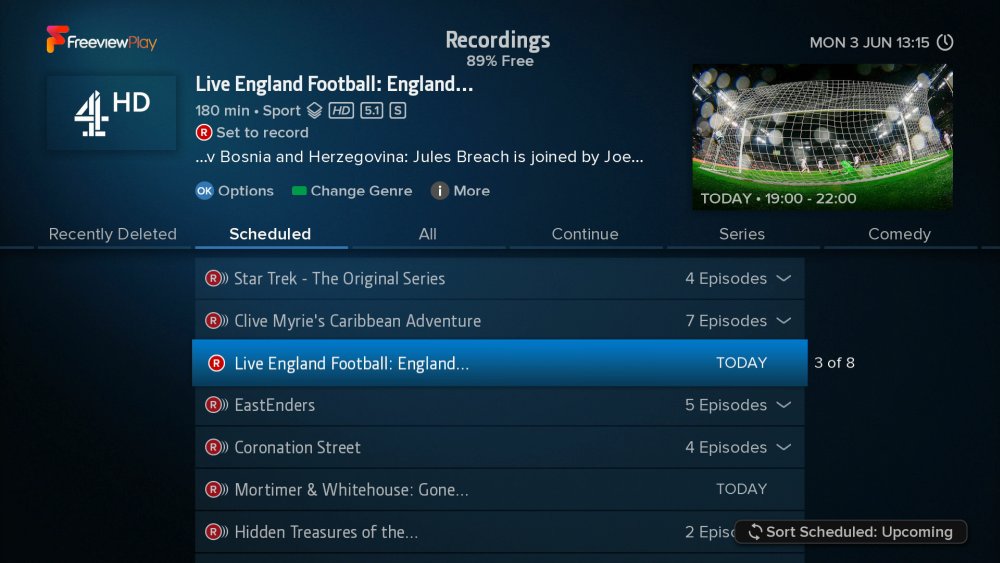
When you turn on a modern smart TV, you’re greeted with Netflix, iPlayer, and YouTube logos – not prompts to set up series recordings.
The very vocabulary of television consumption has shifted away from the concepts that defined TV viewing for decades.
This linguistic shift reflects a deeper cultural change. Recording implied planning, ownership, and control – you had to think ahead about what you wanted to watch and make active decisions about what to keep.
Streaming is immediate and disposable – you browse, you watch, you move on.
The report also emphasises that “set-top boxes and hard disk recorders are slowly disappearing from homes” with many new homes having none at all because “streaming is easier, more flexible, and comes built into Smart TVs.”
The market for audio and video equipment retailers in the UK has declined at a compound rate of 2.1% per year between 2019 and 2024, underlining the fall in demand for dedicated recording equipment.
As we explored last week, the infrastructure supporting TV recording is crumbling.
Popular Freeview recorders like the Humax FVP-5000T have been discontinued, Virgin Media has made recording boxes a “by request only” option, and even newer devices like EE TV’s Pro Box are being compromised by broadcaster restrictions.
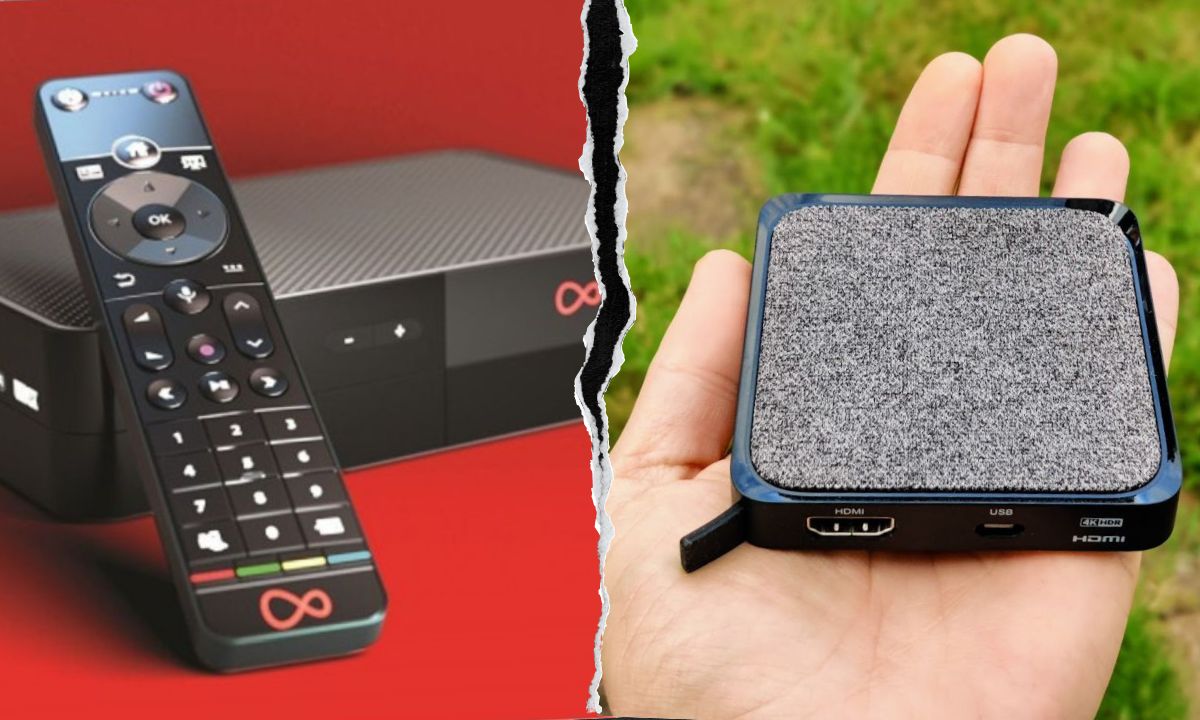
The industry has been systematically dismantling the tools that made recording possible, and now we can see the result: people are abandoning recorded playback altogether in favour of streaming.
The Generational Divide
Another striking aspect of this shift is how dramatically it splits along age lines. Less than a quarter of 16-24 year olds’ in-home viewing is now to broadcaster content at all, compared to 90% for those aged 75 and over.
Young adults aged 16-24 are watching just 17 minutes of live TV daily – that’s barely enough time for one episode of EastEnders. Only 45% of this age group even tune into broadcast TV weekly, down from 48% in 2023.
For younger viewers, the very concept of scheduled television is becoming alien. When they pick up the TV remote, they’re not looking for what’s on BBC One at 8pm – they’re heading straight to YouTube, Netflix, or their favourite streaming app.
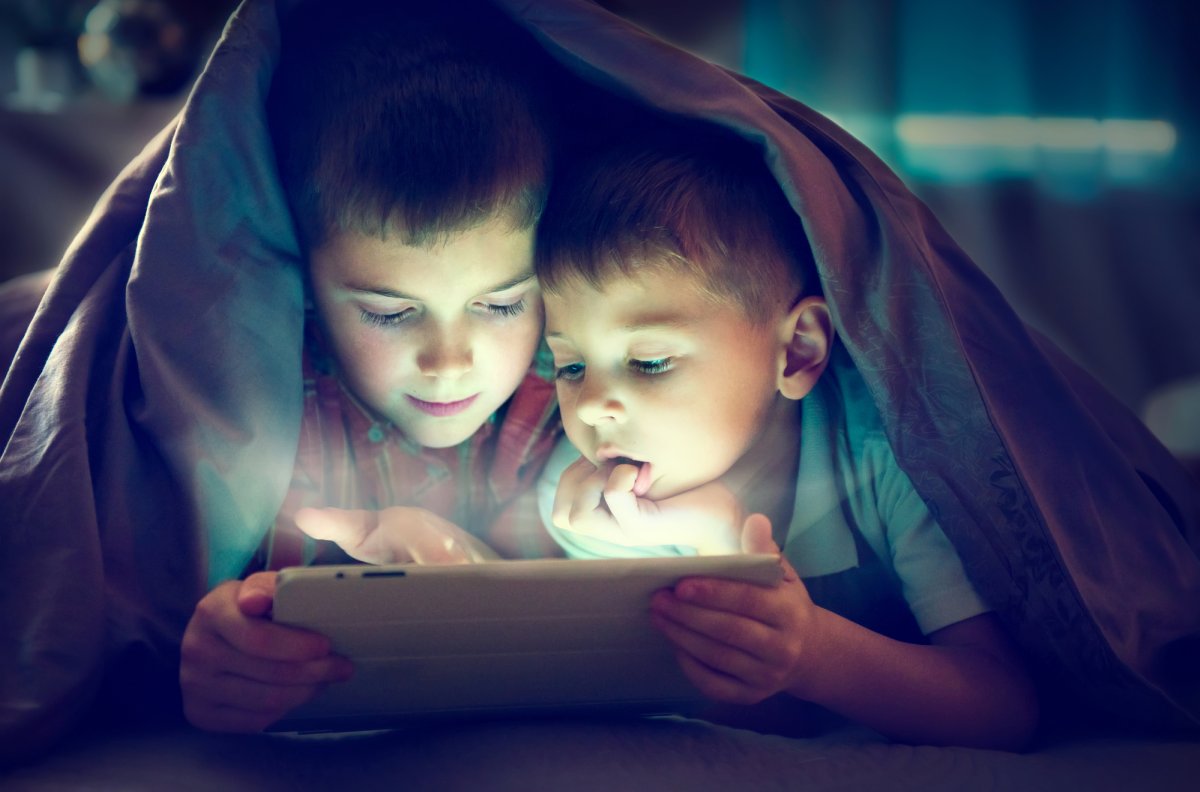
And it’s not just Gen Z driving this change. Over-55s are now watching nearly double the amount of YouTube content on their TVs compared to last year (11 minutes per day, up from just 6 minutes).
Even older audiences are discovering the convenience of on-demand viewing.
YouTube: The Unexpected Winner
While we’ve been focusing on the battle between recording and broadcaster on-demand services, there’s been another player quietly conquering UK television: YouTube.
The platform is now the second most-watched service in the UK, behind only the BBC and ahead of ITV. People spent an average of 39 minutes per day on YouTube in 2024, with 16 minutes of that happening on their main TV set.
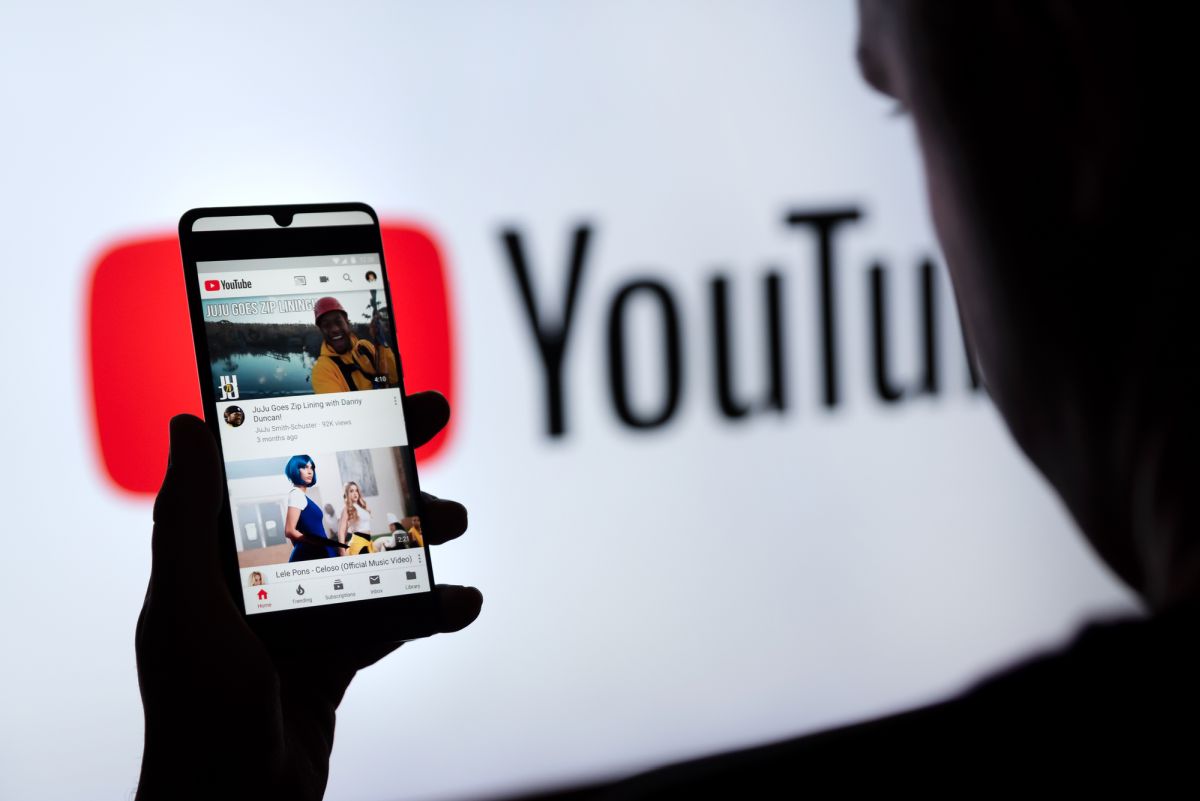
One in five children aged 4-15 head straight to YouTube as soon as they turn the TV on. For this generation, YouTube isn’t a website you visit on your computer – it’s their primary television channel.
The content on YouTube has evolved too. Half of the platform’s top-trending videos now resemble traditional TV, including long-form interviews and game shows.
Some broadcasters are even uploading full-length programmes to their YouTube channels, recognising that’s where their audiences are going.
Therefore, it’s no wonder that Ofcom is thinking about forcing YouTube to give more prominence to British broadcasters such as the BBC and ITV.
The Streaming Numbers Game
While broadcaster on-demand services celebrate their victory over recorded playback, the real winners are the subscription streaming platforms.
Nearly 7 in 10 UK households now pay for at least one streaming service, with almost half subscribing to multiple platforms.
Netflix dominates with 17.4 million UK homes (59% of households), while Amazon Prime Video claims the highest user reach with 19 million monthly users.
Disney+ has 7.6 million subscribing homes, with smaller services like Apple TV+ and Paramount+ each reaching around 2 million households.
Sky’s NOW has around 1.9 million subscribing homes (approximately 6% of UK households) – but it also competes with Sky Stream, a standalone streaming service/box from Sky.
People are watching Netflix for an average of 22 minutes per day – nearly as much time as they spend on recorded playback.
Classic sitcoms like Friends and The Office are getting 30+ views per user per month on streaming platforms, exactly the kind of repeat viewing that people used to rely on recordings for.
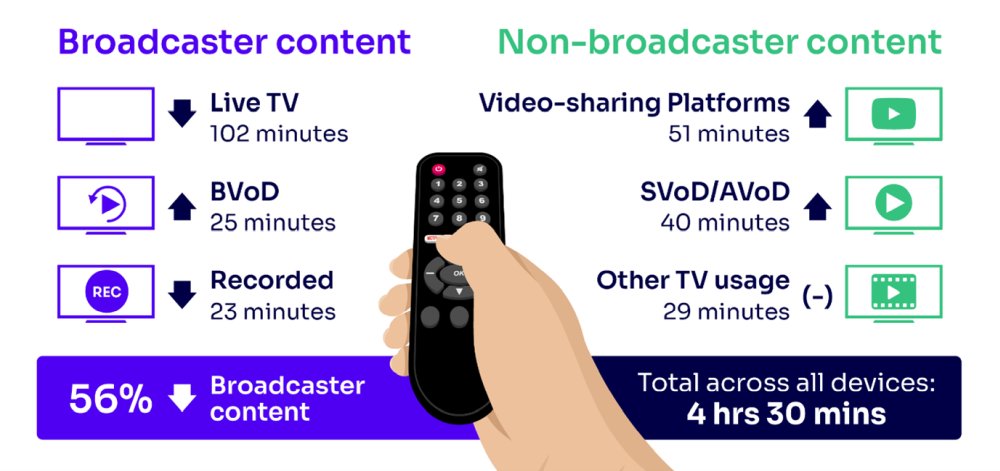
Can Live TV Survive?
The big question now is whether traditional television schedules have any future at all. If people are increasingly turning to on-demand services for their viewing, what’s the point of broadcasting programmes at specific times?
Broadcasters proved they can still create shared national moments – Gavin and Stacey: The Finale attracted 18.6 million viewers on Christmas Day, while the Spain vs England Euro 2024 final drew 19.8 million.
But these are increasingly rare exceptions to the on-demand rule.
Netflix’s Adolescence became the first streaming title to top weekly TV ratings in early 2025, attracting 12.2 million viewers. That’s a watershed moment – when a streaming show can outperform traditional broadcast television in the ratings game.
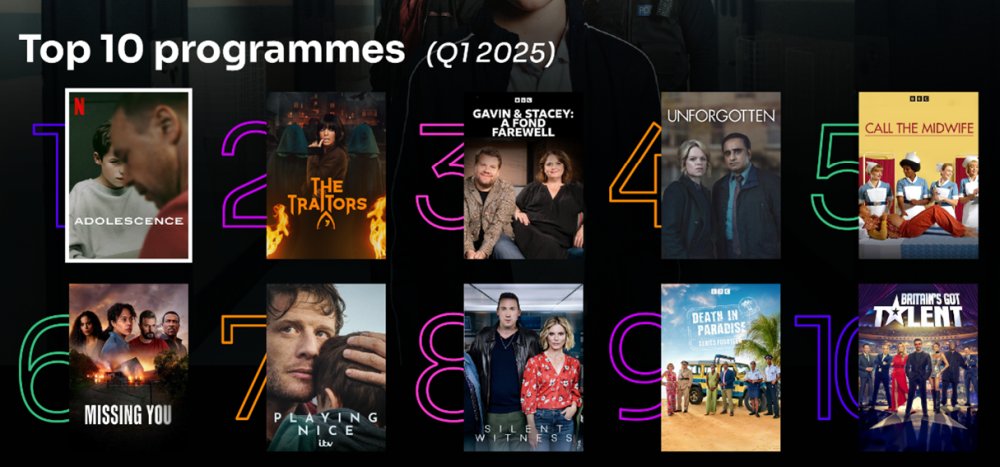
Other top-watched programmes of 2024 included Wallace and Gromit: Vengeance Most Fowl (16.9 million) and Mr Bates vs The Post Office (14.7 million) – but significantly, the top two most-watched programmes both aired on Christmas Day, when families still gather around the TV set for shared viewing experiences.
The End of an Era
This shift from recorded playback to on-demand streaming represents more than just changing viewing habits – it’s the end of an era of personal ownership and control over our television experience.
When you recorded a programme, it was yours. You could watch it whenever you wanted, skip the adverts, and keep it forever if you chose. With streaming, you’re entirely dependent on the service keeping content available, and you’re watching on their terms.
The industry has successfully transitioned viewers away from owning their content to renting access to it. And based on Ofcom’s latest figures, most people seem happy with that trade-off – at least for now.
For more news and guides on TV and streaming, Subscribe to our free newsletter.
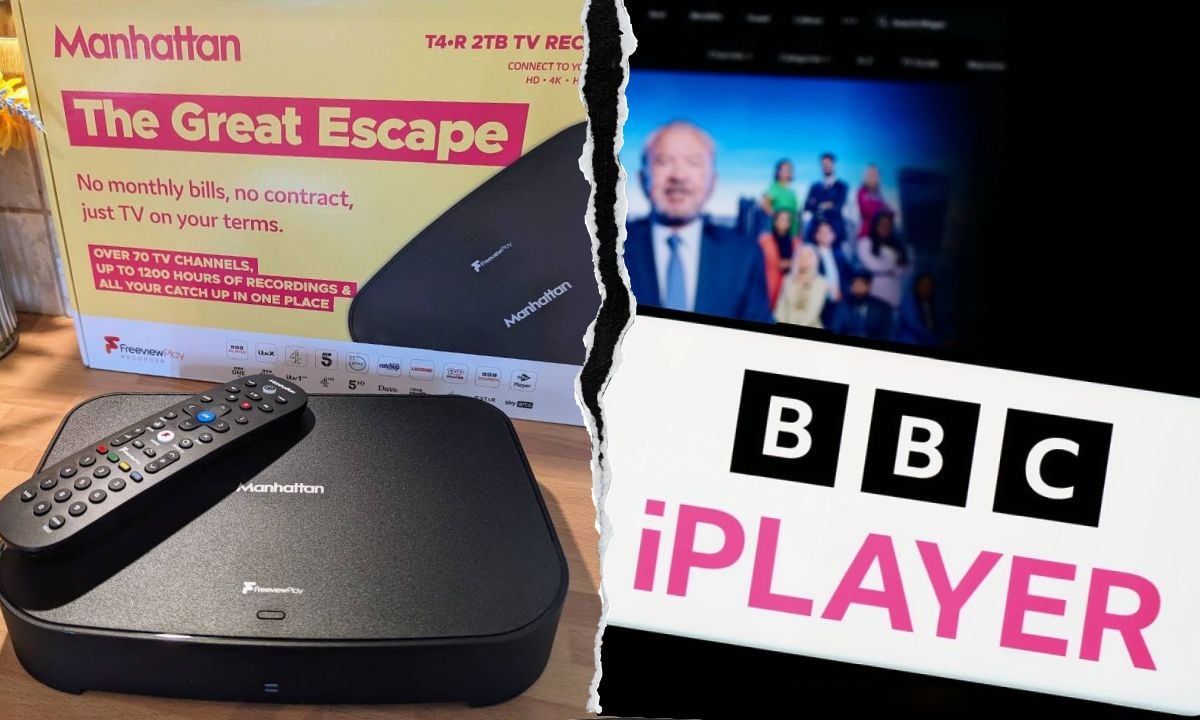
Re. the Top10 programmes – never watched them never will.
Cool story
Just bought a box for freeview recording as I have freesat which might only have 5 years left. I’m hoping they might keep freeview going even if it’s just a basic service.
Skipping adverts main reason . Or it back to the days of toilet breaks or putting the kettle on during adverts or pick up your phone. Don’t they realise no one watches them these days.
Recording is deliberately being Removed i work evening nights shift if i want to watch anything i have to Record it Sky want to get rid of Sky Q charging Extra more expensive than stream
Virgin removed the 360 Box but you can still get it but they charge £50 for the Box which you then have to return
I have used both virgin and Sky stream and to me they both rubbish if you cant buy and recording boxes because its deliberate by broadcasters
Recording function is deliberately being Removed i work evening nights shift if i want to watch anything i have to Record it Sky want to get rid of Sky Q charging Extra more expensive than stream
Virgin removed the 360 Box but you can still get it but they charge £50 for the Box which you then have to return
I have used both virgin and Sky stream and to me they both rubbish if you cant buy and recording boxes because its deliberate by broadcasters
I don’t watch live streamed content anywhere near as much as I do recorded content on a Humax Aura 4K. And I still have my older Humax 2TB, even though it’s no longer supported by EPG, as that has nearly 2TB of great films, documentaries and memorable for me, concerts. I agree with a point many others make, that Netflix et al are trying to dictate viewing preferences. I’m 63 yo, I still have a large collection of DVDs and Blurays too, as nothing beats the quality of sound and pictures. But I’m also in that minor percentile of having audiophile quality equipment. I also have an 85″ Display, and 13 speaker home theatre system. I would never chose to watch content on a smart phone, tablet or laptop, although I own all three. I also have a 4k mini pc rigged into my system which is my most used part of my kit.
We record on a Manhattan and fast forward the adverts. The adverts are so tedious and too long. The internet can be unreliable and slow.
I record EVERYTHING on my Manhattan T4R for lots of reasons. It means I can watch when I want to watch plus skipping adverts is always a bonus for me. I agree with the above comments about how we are being forced to stream by reducing means to record.
Your title “Streaming Beats TV Recording” and the OFCOM report gives the impression this is a customer led trend. No, it is being forced on us by the needs of advertisers to target specific viewer profiles, which can only be done effectively by identifying the viewer through IP address and cookies.
Nope, not convinced. We like to record and cut the banal adverts out. The general content available on our fire stick isnt worth watching
I’m happy with iPlayer to stream BBC past programs but for ITV, C4 and C5 prefer to record so can skip over adverts. When this is no longer possible it will be a real shame. So much so that I have a couple of spare Humax recorders set aside for when our current one expires. One Freesat machine has already expired! Unfortunately my archive of previous Glastonbury recordings was lost :-(.
Our viewing these past 20 years continues to be recorded TV . Now using Manhattan box. Also watch YouTube.
Disappointed by BBC Sky C4 news bias but have to pay £15 month for something we don’t watch. Those paying for Netflix Disney etc at least choose to do so.
Agree with above – many traditional TV watchers no longer have the ability to record and don’t know you can still by a Manhatten – if they knew about it, and their cable provider gave them the equipment, many would still record….and I don’t record to ‘own’ the programme, I record because it’s easier and more convenient to manage my ‘on demand’ viewing – exactly the opposite of what you suggest.
SPOT ON!
If it means the end of the BBC and the socialist TV tax then bring it on
Is it that people are abandoning it or more because newer devices are removing the feature compared completely thus pushing people towards the streaming option? Not only platforms like Sky and Virgin media removing the function but many newer TVs don’t allow you to use USB storage to record Freeview. So it goes without saying that it will take over if they no longer give you the option. They want to completely remove the option of watching TV in the traditional ways and have it all internet based.
Sadly, they’re in charge.